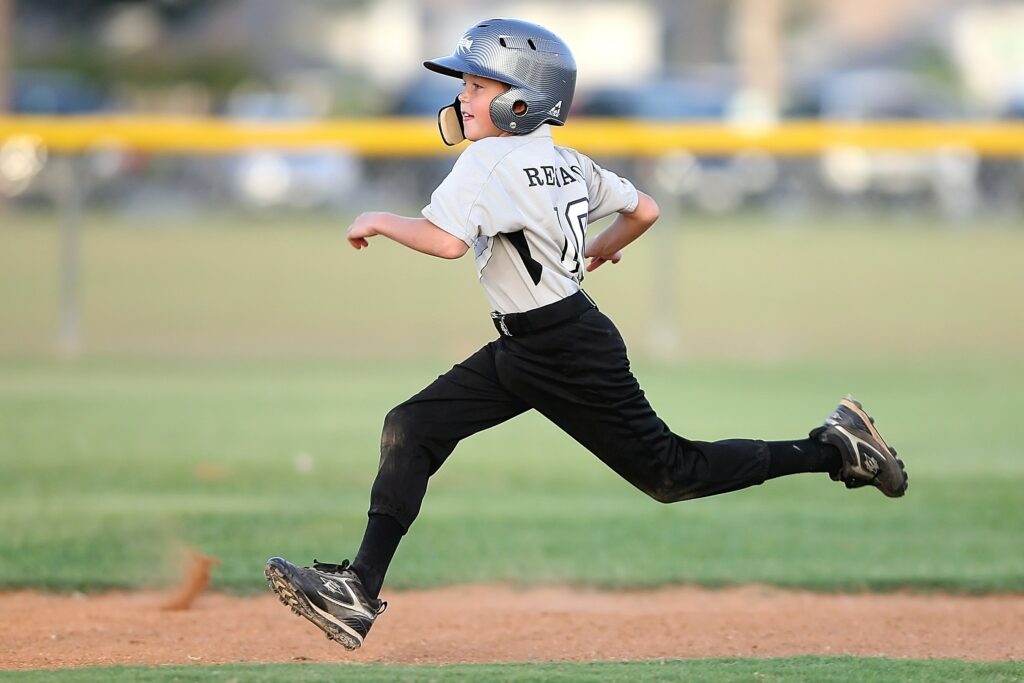A meniscus tear is a fairly common injury for young athletes, especially those whose sports involve significant pressure on the knees. In total, approximately one million people in the US suffer a torn meniscus each year. Although a torn meniscus can sideline an athlete for a few months, it’s not a sports career-ender.
What is a Meniscus Tear?
A meniscus tear is a partial or complete severing of the meniscus, the soft crescent-shaped piece of cartilage on each side of each knee.
The meniscus acts as a shock absorber between the femur (thigh bone) and the tibia (shin bone). In total, we have four menisci, two in each knee. The inner meniscus in each knee is known as a medial meniscus, and the outer meniscus is known as a lateral meniscus. It’s possible to tear any meniscus or even tear multiple menisci at the same time.
What are the causes of a meniscus tear?
Any activity that puts pressure on the knees can lead to a torn meniscus. In student-athletes, torn menisci are often associated with football, tennis, and basketball. In many cases, a meniscus tear results from a sudden twist or jerk to the knee. Either meniscus in the knee can be torn this way, and sometimes, both tear. Other causes of a meniscus tear are hard sudden stops and pivots, deep squats, and heavy lifting.
It’s not uncommon for an individual to suffer both a meniscus tear and an ACL tear in the same incident. The ACL—or anterior cruciate ligament—is a small ligament within the knee that prevents the tibia from moving forward on the femur.
How to tell if you have a meniscus tear
Common symptoms of a torn meniscus include:
- Sharp pain in the knee
- A popping sensation in the knee
- Swelling and inflammation
- Locking of the knee in a bent position
Generally, a physician will do a meniscus tear test to diagnose the injury by examining the knee and noting any pressure around the joint line, the area on the front of the knee where it’s easy to feel the joints. The physician may also perform the Joint Line Tenderness (JLT) test, which can easily determine exactly where the patient feels pain and the positions that cause this pain. If a torn meniscus is suspected, an MRI may be ordered to confirm it.
How to treat a meniscus tear?
In most cases, a torn meniscus heals on its own through rest. Young patients are advised to practice RICE for home treatment of a meniscus tear:
- Rest
- Ice
- Compression
- Elevation
The objective is to rest and avoid putting any pressure on the knee.
In nearly all cases, patients make a full recovery and can return to normal sports and activities. Generally, the recovery process takes about six months. The patient may also do physical therapy with meniscus tear exercises that are designed to rebuild and stabilize the quadriceps and hamstrings as their recovery progresses.
When a torn meniscus doesn’t heal on its own, the patient may need meniscus tear surgery. Depending on variables like the child or teen’s age, health, and the nature of the injury, the orthopedic surgeon might reconstruct the meniscus or in certain cases, remove part or all of it.
When to see a doctor regarding a potential meniscus tear?
If your child is experiencing sharp pain, swelling, inflammation, and/or locking of the knee, that’s when it’s time to see a doctor. Your primary care physician can evaluate your child’s condition and can diagnose and direct treatment for a meniscus tear.
If your child needs an orthopedic evaluation or pediatric orthopedic treatment—including meniscus tear surgery—we encourage you to set up an appointment to see a pediatric orthopedist in one of our four northern New Jersey offices or call The Pediatric Orthopedic Center at 973-538-7700




